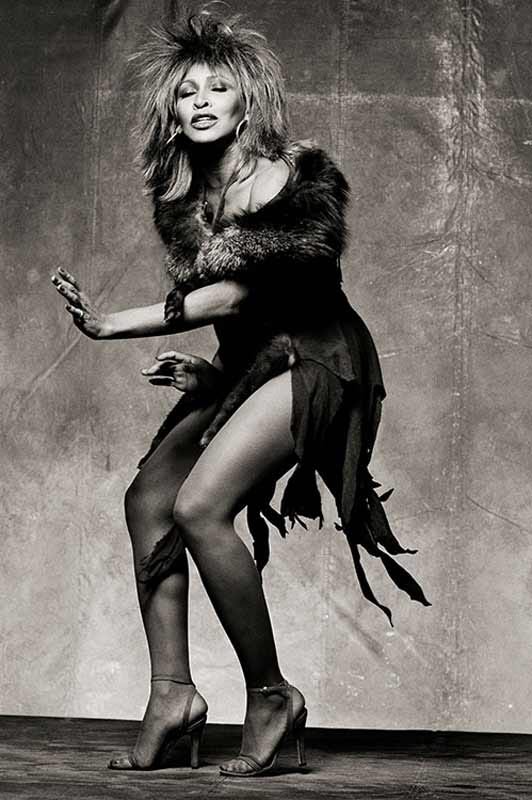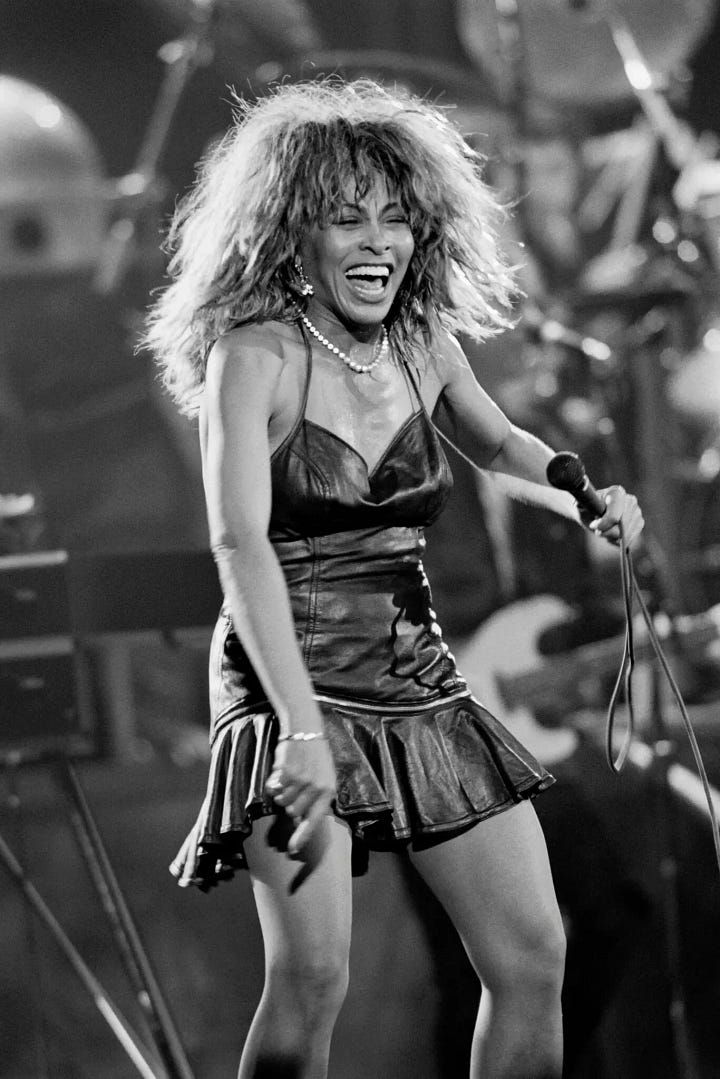Why Tina Turner Remains Simply The Best
Tina Turner was not merely a rock star; she was a cultural phenomenon whose impact on pop culture, music, and film is as undeniable as her ferocious stage presence. Her story is one of spectacular triumph, reinvention, and an enduring spirit that has become a blueprint for artists across genres. She embodied the essence of music, pouring the grit and glory of her life into every electrifying performance.


In an era when rock and roll was predominantly a white male domain, Tina Turner—a Black woman in her 40s—didn’t ask for a seat at the table; she built her own stadium and invited the world in. Her stage persona was revolutionary: the kinetic energy, the raw vocals, the spectacular costumes, and those famous, indefatigable legs. She set the bar for the modern stadium performer.
Her influence is acutely felt in the swagger of contemporary superstars. Mick Jagger openly admitted that he learned how to command a stage by watching Tina during their 1960s tours. Artists like Beyoncé, who emulates Tina’s powerhouse vocals and high-octane choreography, and Rihanna, who channels her defiant, fearless attitude, all owe a debt to the Queen of Rock ‘n’ Roll.
“When I think of Tina Turner, I think of a Black woman who did the impossible: she became a rock goddess on her own terms. Her influence isn’t just musical, it’s architectural—she built the template for female stadium shows.” — Danyel Smith, Journalist and Author
Tina’s most famous songs are anthems of both joy and defiance. “Proud Mary,” her signature song, transforms a slow, swampy funk groove into a high-octane, soul-shaking gospel-rock extravaganza. It’s a perfect encapsulation of her ability to elevate any material she touched.
Her 1980s comeback album, Private Dancer, was a cultural reset. The title track, “Private Dancer,” is a sultry, melancholic exploration of a working woman’s hidden life, showcasing Tina’s emotional depth far beyond her rock bravado. But the defining track of her rebirth was the defiant, Grammy-winning “What’s Love Got to Do with It,” a song that became the personal statement of a woman finally claiming her independence.
For the dedicated fan, her deep cuts reveal an astonishing range.
“Let’s Stay Together” a cover of the Al Green classic was the surprise international hit that launched her solo career. Her version is a lush, electronic, and intensely soulful new-wave interpretation that proved her relevance to a new generation. While with “I Might Have Been Queen” Turner crafted an intense, autobiographical track for the Private Dancer album, co-written by her. It is a powerful, almost spiritual declaration of self-worth and destiny that connects her past struggles to her current triumph.
Tina’s cinematic impact extended her legend into the visual realm. Her role as the leather-and-chainmail-clad Aunty Entity in Mad Max Beyond Thunderdome (1985) was an expansion of her fierce, indomitable persona. The accompanying theme, “We Don’t Need Another Hero (Thunderdome),” became a massive global hit, blending blockbuster spectacle with heartfelt yearning.
Her personal story of escaping domestic violence and staging a historic comeback was immortalized in the 1993 film What’s Love Got to Do with It. This brought her story to a younger generation, transforming her from a rock star into a universal symbol of survival and perseverance.
“Her story is the American success story told through the lens of a Black woman who overcame the deepest hardship to achieve the highest international stardom. She gave power and glamour to the idea of starting over.” — Tourea Robinson, Culture Critic for EBONY Magazine
Tina Turner’s legacy is permanent. It is etched into the very fabric of how pop artists perform, how fashion dictates power, and how public figures can redefine themselves on the world stage. She was, and always will be, simply the best.



